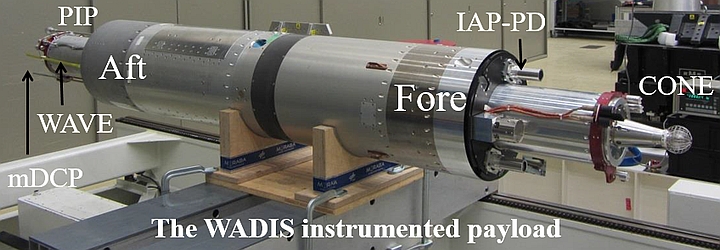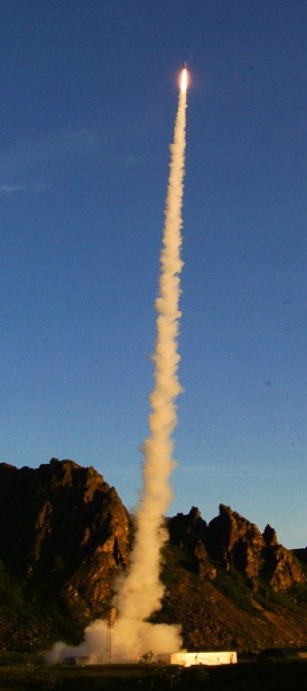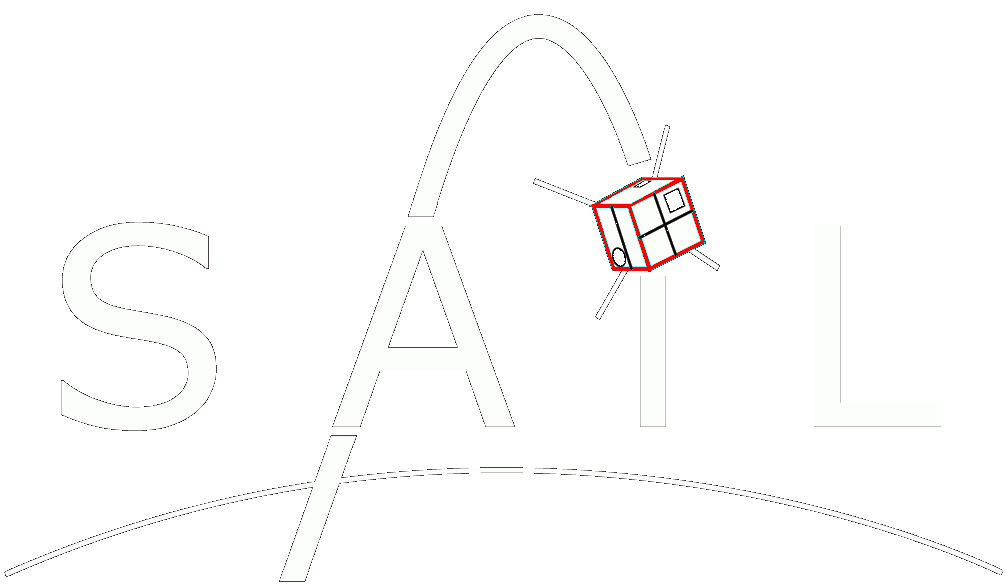
Overview of German WADIS Sounding Rocket Campaign

WADIS-1 sounding rocket launch carrying scientific payloads designed and built by ERAU Engineering Physics faculty and students.
The German WADIS mission addresses the fundamental question of the energy budget of the MLT by trying to quantify the effect of selected wave events on turbulent heat production and diffusion, subsequent downward transport of atomic oxygen, and corresponding heat production by radiation and chemical reactions.
The WADIS mission achieves the above objectives by two similarly instrumented rocket campaigns aided by comprehensive ground based measurements from the Andoya Rocket Range; one launch in polar summer and one in polar winter. The WADIS-1 launch was on June 27, 2013 and WADIS-2 is manifested for late October 2014.
Each instrumented rocket consists of:
- Faraday rotation experiment (WAVE) - Graz University of Technology
- ion langmuir probe (PIP) - Graz University of Technology
- IAP particle detector (IAP-PD) - Leibniz Inst of Atmospheric Physics
- Combined measurement of Neutrals and Electrons sensor (CONE) - Leibniz Inst of Atmospheric Physics
- multi-Surface fixed bias DC Langmuir probe (mDCP) - Embry-Riddle Aeronautical Univ
The mDCP was designed by undergraduate students and engineers working at Embry-Riddle under the direction of Dr. Barjatya who was a Co-Investigator on the WADIS mission
The ground based measurements are from MAARSY radar, ALOMAR meteor radar, and ALMOAR Weber Na Lidar.

